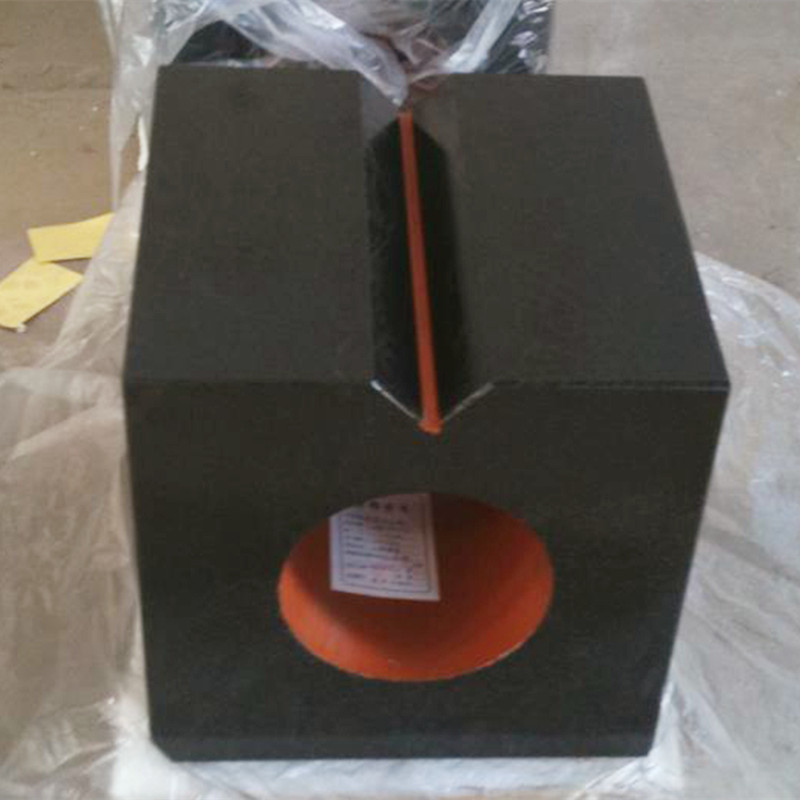Nov . 19, 2024 16:23 Back to list
Exploring Various Control Valve Types and Their Specific Applications in Industries
Different Types of Control Valves and Their Applications
Control valves play a critical role in various industrial processes, responsible for regulating fluid flow, pressure, and temperature across a wide array of applications. They are essential components in systems such as water treatment, chemical processing, oil and gas, and HVAC (heating, ventilation, and air conditioning). Understanding the different types of control valves and their applications can help engineers and operators optimize system performance.
Types of Control Valves
1. Globe Valves Globe valves are among the most commonly used control valves in industrial applications. They feature a spherical body design, which provides excellent throttling capabilities. Since the flow direction through a globe valve can be controlled effectively, they are well-suited for applications requiring precise flow regulation. Globe valves are typically used in steam, water, and chemical service applications where tight shutoff and throttling are essential.
2. Ball Valves Ball valves utilize a spherical disc to control flow. When the ball's hole aligns with the flow path, the valve is open; when the ball is rotated 90 degrees, the flow is shut off. Ball valves are known for their durability and reliability, providing a tight seal even after years of service. They are often used in applications requiring quick shutoff capabilities, such as gas pipelines and water distribution systems.
3. Butterfly Valves Butterfly valves employ a rotating disc to regulate flow. This valve type offers low-pressure drops and is lightweight, making it suitable for large-diameter pipes where space and weight constraints are factors. Butterfly valves are commonly used in water supply and wastewater treatment, as well as in industries involving bulk materials handling.
4. Check Valves Check valves are essential for preventing backflow in pipelines. They automatically close when fluid flows in the opposite direction, thereby protecting pumps and other equipment from potential damage. Check valves come in various designs, including swing check and lift check configurations, and are widely used in water treatment and process industries.
5. Pressure Relief Valves These valves are crucial for maintaining system safety and integrity. Pressure relief valves automatically release excess pressure from a system when it exceeds a predetermined limit, preventing equipment failure or catastrophic incidents. They are commonly found in steam boilers, gas storage systems, and high-pressure processing systems.
6. Solenoid Valves Solenoid valves are electromechanical devices that control fluid flow electronically. They are frequently used in automation systems and applications requiring rapid response times, such as in irrigation systems, car washes, and pneumatic applications. Their ability to operate without manual intervention makes them ideal for automated systems.
different types of control valves and their applications

Applications of Control Valves
- Chemical Processing Control valves are extensively used in chemical processing plants where precise control of temperature, pressure, and flow rates is vital. They help maintain optimal conditions for reactions, ensuring product quality and efficiency.
- Water and Wastewater Treatment In water treatment facilities, control valves regulate the flow of water and chemicals used for purification. In wastewater treatment systems, they manage the flow and treatment processes, contributing to environmental protection and compliance with regulations.
- Oil and Gas The oil and gas industry relies heavily on control valves for various applications, including extraction, refining, transportation, and distribution. They help maintain pressure and flow rates in pipelines and processing facilities, ensuring safe and efficient operations.
- HVAC Systems Control valves are integral components of HVAC systems, regulating the flow of air and fluids to maintain desired temperature and humidity levels in buildings. They help improve energy efficiency and indoor air quality.
- Power Generation In power plants, control valves regulate the flow of steam and water, playing a crucial role in the generation of electricity. They are key to maintaining system efficiency and safety.
Conclusion
Control valves are vital in ensuring the smooth operation of various industrial processes. Understanding the different types of control valves, their features, and their specific applications is essential for optimizing performance, enhancing safety, and achieving energy efficiency. As industries continue to evolve, so will the technologies associated with control valves, ensuring they remain integral to process automation and control.
-
Y Type Strainer Maintains System Efficiency Long TermNewsJul.15,2025
-
Valve Selection Guide for Industrial ApplicationsNewsJul.15,2025
-
Steel Fab Table Provides Durable Work Surface for WeldingNewsJul.15,2025
-
Pad Iron Provides Stable Support for Heavy MachineryNewsJul.15,2025
-
One Inch Check Valve Fits Standard Plumbing SystemsNewsJul.15,2025
-
Measuring Micrometer Ensures Precise Dimensional AccuracyNewsJul.15,2025
Related PRODUCTS









